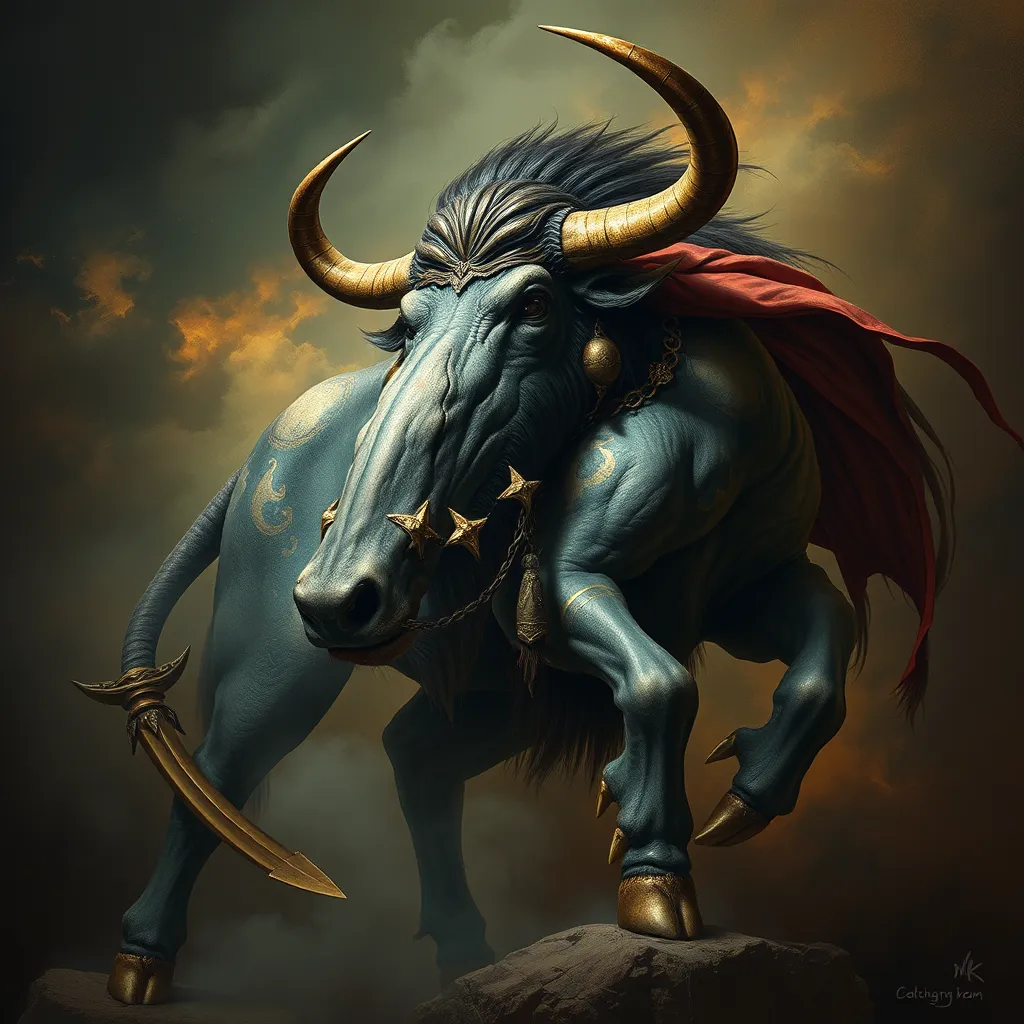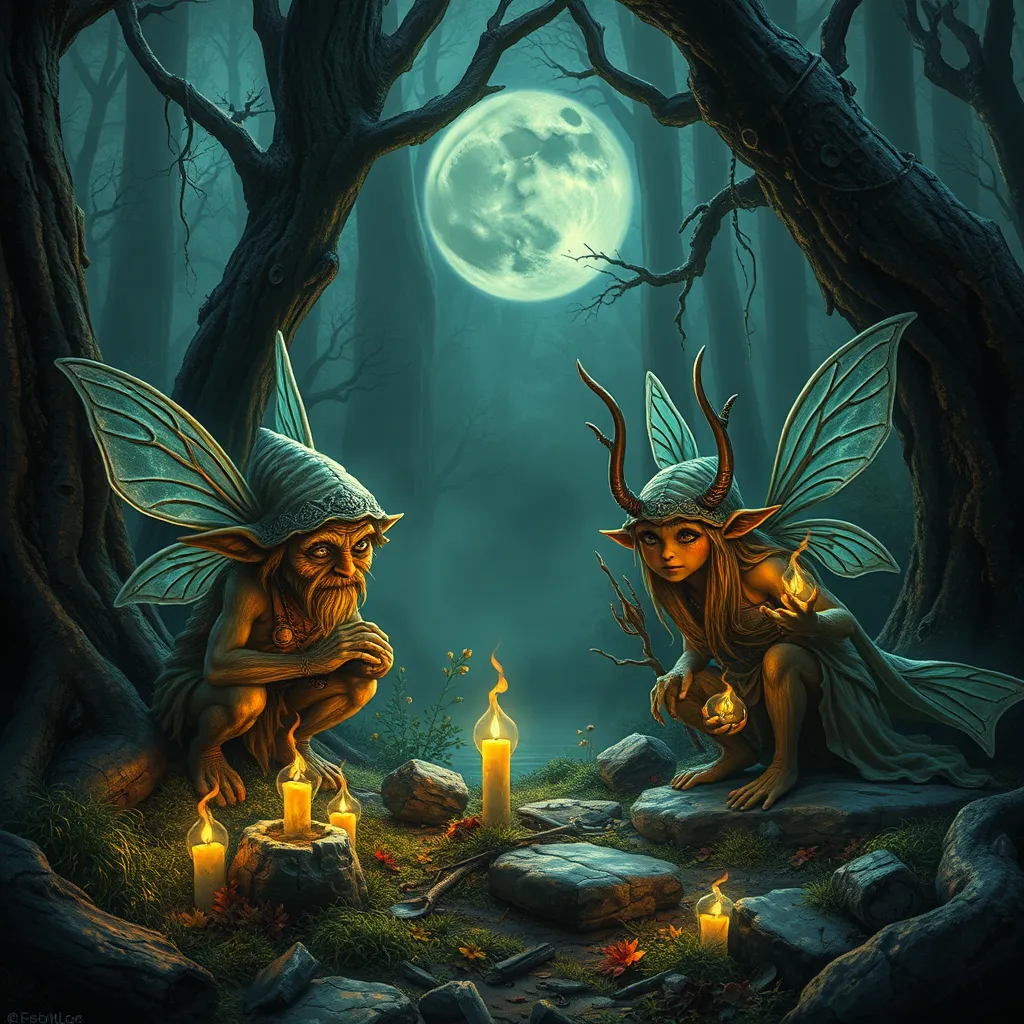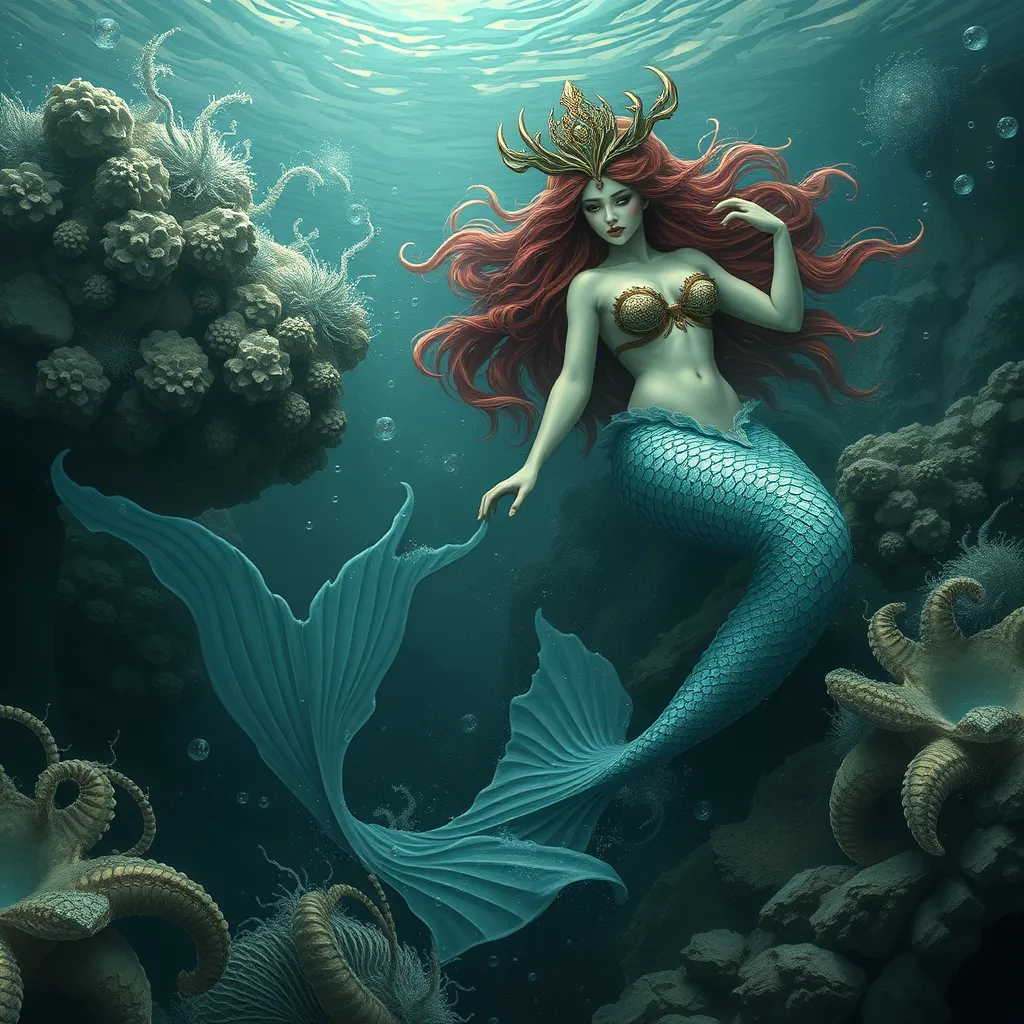The Minotaur’s Image in Art: Interpreting the Monster’s Depiction Across Different Cultures
I. Introduction
The Minotaur, a creature of Greek mythology, is often depicted as a half-man, half-bull being that embodies the complexities of humanity and monstrosity. This myth has transcended time and culture, influencing various artistic expressions throughout history. The significance of the Minotaur in cultural narratives lies in its ability to symbolize the duality of human nature—the beastly and the civilized. This article aims to explore the artistic representations of the Minotaur across different cultures, examining how this figure has been interpreted and reinterpreted through various lenses.
II. The Origins of the Minotaur Myth
The origins of the Minotaur myth can be traced back to ancient Greece, where it serves as a cautionary tale about hubris and the consequences of defying the gods. The Minotaur was said to reside in the labyrinth of Crete, a complex maze designed by Daedalus, where it was fed a tribute of young Athenian men and women.
Key literary sources, such as Homer’s *Iliad* and Ovid’s *Metamorphoses*, provide foundational narratives for understanding the Minotaur’s role in mythology. These texts often depict the creature as a tragic figure, caught between its monstrous nature and the remnants of its human lineage, highlighting themes of isolation and despair.
In ancient Greece, the Minotaur symbolized the darker aspects of human nature—irrationality, violence, and the primal instincts that lurk beneath the surface of civilization. This duality has made the Minotaur a compelling subject for artistic exploration.
III. The Minotaur in Classical Art
Classical art provides a rich tapestry of the Minotaur’s depiction, particularly in ancient Greek pottery and sculpture. Vases often illustrated the myth in dynamic scenes, showcasing the Minotaur’s fierce battles with heroes like Theseus. These artworks not only served decorative purposes but also acted as narrative devices that conveyed moral lessons.
In frescoes and wall paintings, the Minotaur’s image was frequently intertwined with other mythological figures, emphasizing its role within the larger context of Greek mythology. The use of color, form, and composition in these works highlighted the tension between beauty and horror, reflecting the complexities of the Minotaur’s character.
The role of the Minotaur in public and private art spaces varied significantly. Public monuments often depicted heroic narratives, while private art, such as household pottery, might explore more intimate interpretations of the Minotaur’s character, emphasizing its tragic aspects.
IV. The Minotaur in Roman Culture
As the Roman Empire expanded, so did the interpretations of the Minotaur myth. Roman art adapted the Greek depictions, often incorporating elements of their own cultural values and aesthetics. Statues and mosaics from this period reveal a fascination with the creature as both a monster and a symbol of chaos that threatened societal order.
The influence of Roman interpretations on subsequent European art is significant. The Minotaur continued to serve as a motif, representing the struggle against the inner beast, and its legacy can be traced through various artistic movements in Western history.
In comparing Roman and Greek depictions, one can observe a shift in tone. While Greek art often celebrated the heroic aspects of the myth, Roman art leaned towards exploring themes of moral ambiguity and the darker side of humanity.
V. The Minotaur in Medieval and Renaissance Art
The Minotaur experienced a resurgence during the Renaissance, a period that revisited classical themes with renewed vigor. Artists such as Giorgio Vasari and Peter Paul Rubens produced works that reinterpreted the Minotaur myth, often emphasizing its complexity and depth.
For instance, Rubens’ paintings depicted the Minotaur not merely as a monster but as a tragic figure, reflecting human fears and desires. This portrayal resonated with contemporary audiences, who were grappling with their own struggles between civilization and savagery.
The Minotaur became a potent symbol of human anxieties, illustrating the delicate balance between order and chaos, reason and instinct—a theme that remains relevant in today’s discourse.
VI. The Minotaur in Modern and Contemporary Art
The late 19th and 20th centuries witnessed a dramatic reinterpretation of the Minotaur, particularly within the realms of Surrealism and Symbolism. Artists began to explore the psychological and existential dimensions of the creature, using it as a metaphor for the human condition.
Notable contemporary artists such as Francis Bacon and Louise Bourgeois have incorporated the Minotaur into their works, using its image to confront issues of identity, trauma, and societal pressures. Bacon’s haunting depictions often evoke feelings of isolation and despair, while Bourgeois’ explorations delve into themes of femininity and monstrosity.
The Minotaur, in modern contexts, serves as a powerful metaphor for the struggles of identity and the societal issues that plague individuals, reflecting the complexities of contemporary life.
VII. The Minotaur Across Global Cultures
The fascination with the Minotaur is not confined to Western art; similar mythological creatures exist in various non-Western cultures. For example, the Hindu god Ganesha, with his elephant head, embodies both wisdom and the monstrous aspects of existence, paralleling the Minotaur’s dual nature.
Cross-cultural interpretations reveal universal themes of monstrosity and humanity, suggesting that the struggle between the civilized self and the primal instincts is a shared human experience. Artistic representations across cultures often reflect local values and fears, yet they resonate with the core narrative of the Minotaur myth.
VIII. Conclusion
In summary, the evolution of the Minotaur’s image in art reflects a rich interplay of cultural narratives and human emotions. From its origins in Greek mythology to its modern reinterpretations, the Minotaur has served as a mirror for humanity’s darkest fears and deepest desires.
The ongoing relevance of the Minotaur in contemporary discourse underscores the power of myth in shaping cultural narratives through art. As we continue to explore the depths of our own nature, the Minotaur remains a potent symbol for the complexities of identity and the human experience.
Ultimately, the Minotaur’s journey through art serves as a testament to the enduring power of myth, inviting us to confront the monsters within and the labyrinths of our own making.



